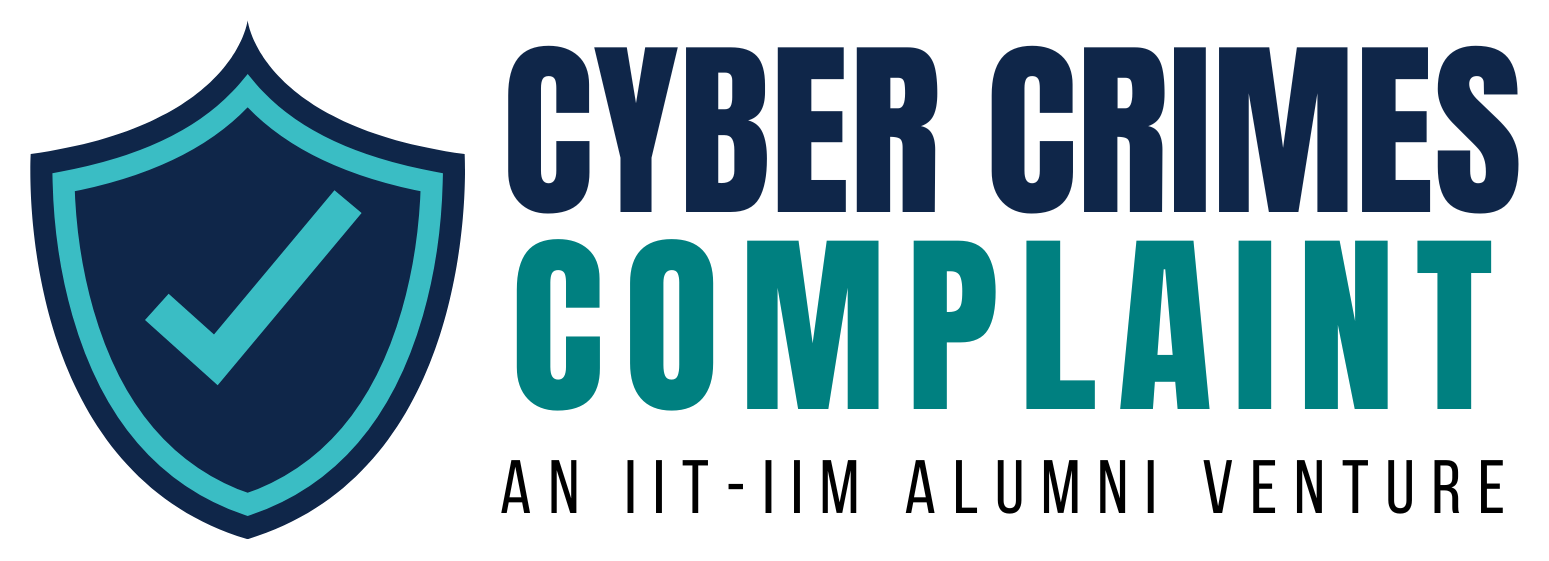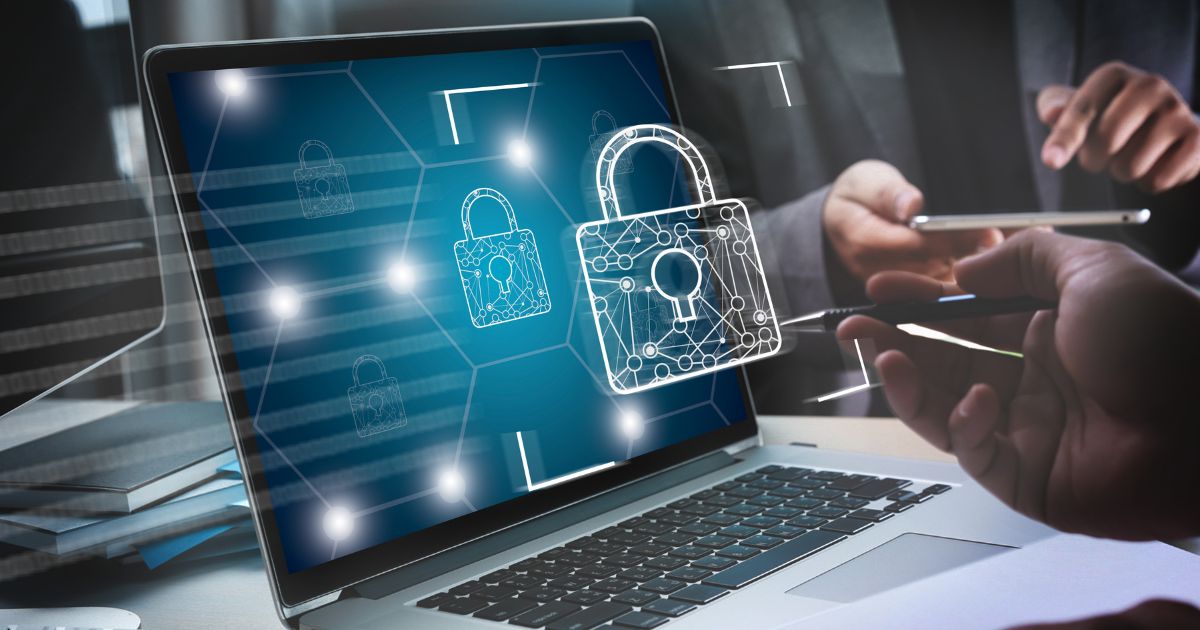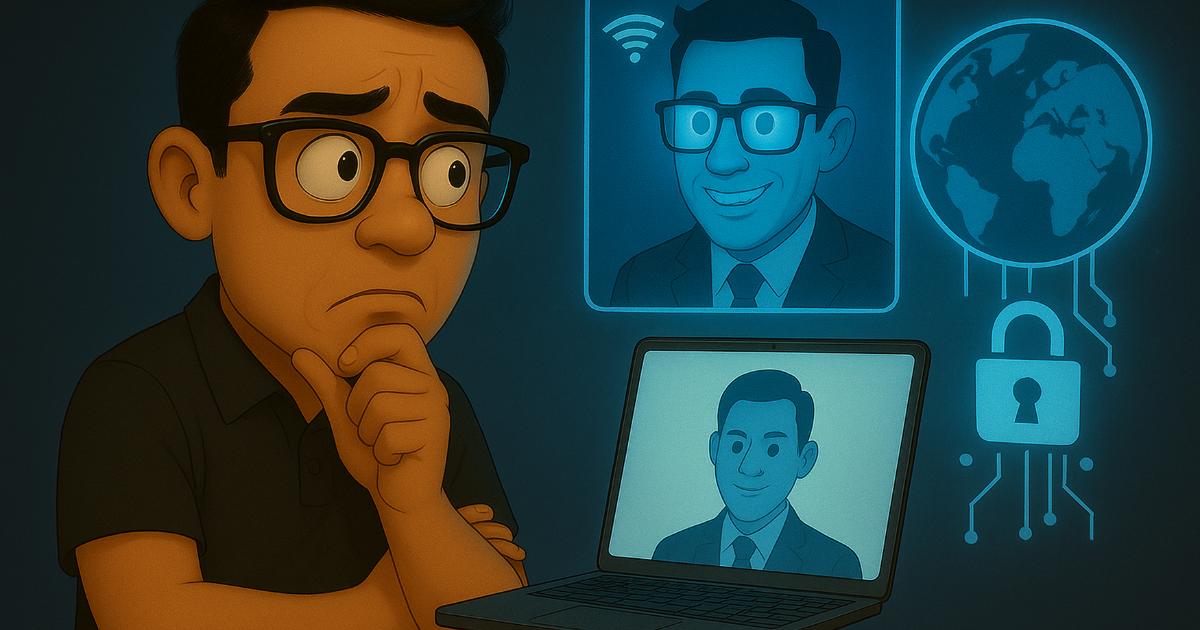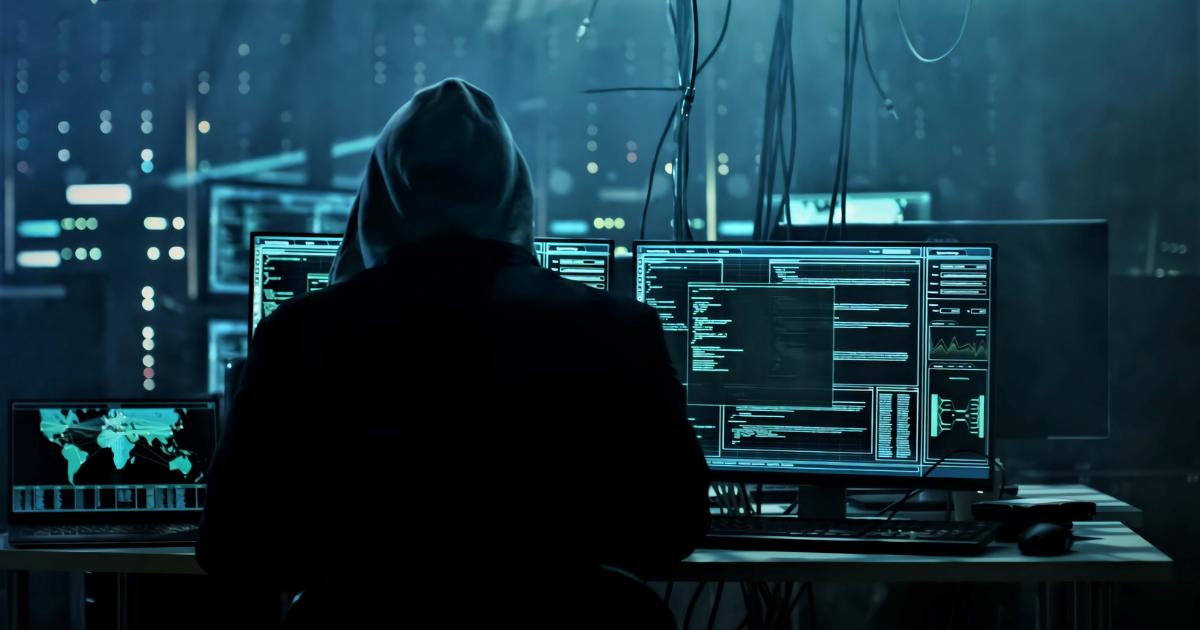· Cyber security · 5 min read
The Importance of Two-Factor Authentication in Cybersecurity
Discover how two-factor authentication strengthens your cybersecurity posture. Learn the benefits, types, and implementation tips to protect your accounts from unauthorized access.
.Bd3oTr_2.jpeg)
In today’s digital landscape, cybersecurity threats continue to evolve at an alarming rate. As hackers develop more sophisticated techniques to breach accounts, organizations and individuals must implement stronger security measures. Two-factor authentication (2FA) has emerged as one of the most effective tools to protect sensitive information and prevent unauthorized access. This article explores why 2FA is crucial in modern cybersecurity strategies and how it significantly enhances your online security posture.
What Is Two-Factor Authentication?
Two-factor authentication adds an extra layer of security to the traditional username and password login process. It requires users to provide two different types of identification before gaining access to an account or system:
Something you know (password, PIN)
Something you have (smartphone, security key) or something you are (fingerprint, facial recognition)
This multi-layered approach means that even if one factor is compromised (like a password), an account remains secure because the second factor is still needed.
Why 2FA Is Essential in Today’s Threat Landscape
Password Vulnerabilities
Despite years of security education, password-related issues remain among the top causes of security breaches:
Many users still create weak, easily guessable passwords
Password reuse across multiple accounts creates domino-effect vulnerabilities
Sophisticated phishing attacks can trick even security-conscious users into revealing credentials
2FA addresses these vulnerabilities by ensuring that a stolen password alone is insufficient to access protected accounts.
Rising Cybercrime Statistics
Cybercrime continues to increase globally, with data breaches affecting millions of accounts annually. According to recent studies, organizations that implement 2FA experience significantly fewer account takeovers and unauthorized access incidents compared to those relying solely on passwords.
Regulatory Compliance
Many industries now face regulatory requirements that mandate stronger authentication methods. Implementing 2FA helps organizations comply with regulations like GDPR, HIPAA, and PCI DSS, avoiding potential fines and penalties.
Types of Two-Factor Authentication Methods
SMS and Voice-Based Verification
One of the most common 2FA methods involves sending verification codes via text message or automated phone call. While better than no 2FA at all, this method has vulnerabilities to SIM swapping attacks and is gradually being replaced by more secure options.
Authentication Apps
Dedicated authentication apps like Google Authenticator, Microsoft Authenticator, and Authy generate time-based one-time passwords (TOTPs) that change every 30 seconds. These apps don’t require internet or cellular connectivity to function and offer better security than SMS-based methods.
Hardware Security Keys
Physical security keys like YubiKey provide the highest level of security by requiring the physical presence of the key to authenticate. These devices are virtually phishing-proof and are increasingly adopted by security-conscious organizations and individuals.
Biometric Authentication
Fingerprint scans, facial recognition, and other biometric factors offer convenience and security for 2FA. Many modern smartphones and laptops now include biometric sensors, making this authentication method increasingly accessible.
Implementing 2FA: Best Practices
Prioritize Critical Accounts
Start by enabling 2FA on your most critical accounts, including:
Email accounts (often the recovery method for other accounts)
Financial services and banking applications
Cloud storage containing sensitive information
Business and enterprise systems with access to valuable data
Employee Training and Awareness
For organizations, implementing 2FA must include comprehensive training to ensure users understand:
Why 2FA is important
How to set up and use various 2FA methods
What to do if they encounter issues with authentication
Backup Authentication Methods
Always configure backup authentication methods in case primary methods become unavailable. This prevents lockouts due to lost devices or temporary technical issues.
Common Objections to 2FA and Why They Don’t Hold Up
It’s Too Inconvenient
While 2FA does add an extra step to the login process, the few seconds spent authenticating is minimal compared to the hours or days required to recover from an account breach. Modern 2FA methods like biometrics and “push” notifications have also significantly improved the user experience.
It’s Too Complicated
Most 2FA implementations now feature user-friendly setup wizards and clear instructions. The learning curve is minimal for most users, especially with modern smartphone-based methods.
I Don’t Have Anything Worth Protecting
Even seemingly low-value accounts can be leveraged by attackers to access more sensitive information or to impersonate users. Additionally, compromised accounts are often used in broader attack campaigns against other users or organizations.
The Future of Authentication
As we look ahead, authentication continues to evolve beyond traditional 2FA toward more seamless and secure methods:
Adaptive authentication that considers contextual factors like location, device, and behavior patterns
Passwordless authentication systems that eliminate the password component entirely
Continuous authentication that verifies identity throughout a session rather than only at login
Conclusion
Two-factor authentication represents one of the most effective and accessible security measures available to both individuals and organizations. By requiring something you know and something you have or are, 2FA dramatically reduces the risk of unauthorized access even when credentials are compromised.
In an era where data breaches are increasingly common and costly, implementing 2FA is no longer optional—it’s a fundamental security practice. Whether you’re protecting your personal social media accounts or securing enterprise systems containing sensitive customer data, two-factor authentication provides significant security benefits with relatively minimal investment and effort.
Take action today by auditing your important accounts and enabling 2FA wherever possible. Your future self will thank you for the breaches you prevented and the headaches you avoided.



